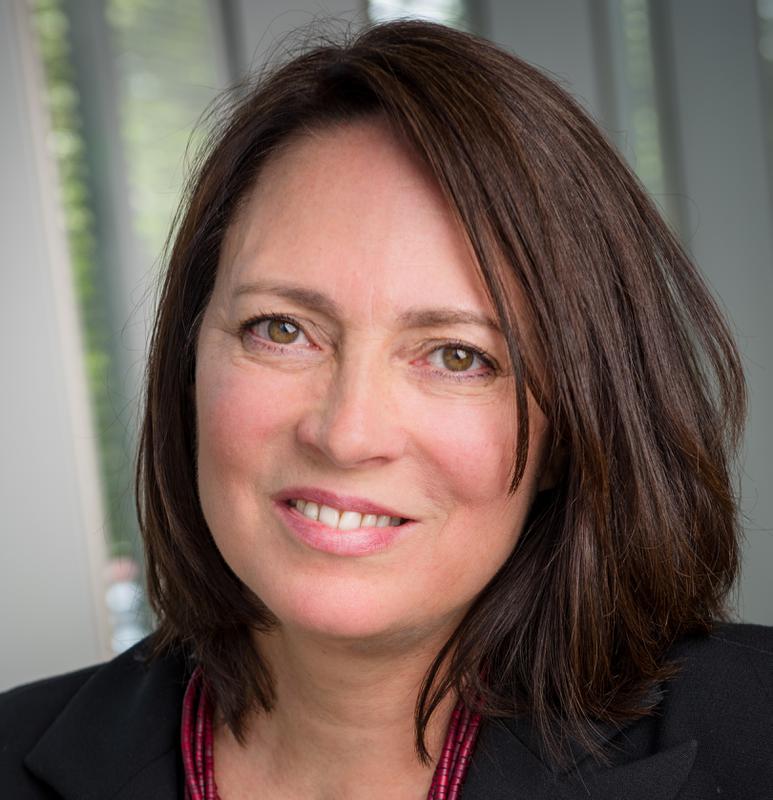23
NOV 2020 14:00 - 15:00
Pattie Maes
MIT Media Lab, MIT, Boston, MA, USA
Opening Keynote: Enhancing Human Cognition
Pattie Maes is a professor in MIT's Program in Media Arts and Sciences and until recently served as academic head. She runs the Media Lab's Fluid Interfaces research group, which aims to radically reinvent the human-machine experience. Coming from a background in artificial intelligence and human-computer interaction, she is particularly interested in the topic of cognitive enhancement, or how immersive and wearable systems can actively assist people with memory, attention, learning, decision making, communication, and wellbeing.
Maes is the editor of three books, and is an editorial board member and reviewer for numerous professional journals and conferences. She has received several awards: Fast Company named her one of 50 most influential designers (2011); Newsweek picked her as one of the "100 Americans to watch for" in the year 2000; TIME Digital selected her as a member of the “Cyber Elite,” the top 50 technological pioneers of the high-tech world; the World Economic Forum honored her with the title "Global Leader for Tomorrow"; Ars Electronica awarded her the 1995 World Wide Web category prize; and in 2000 she was recognized with the "Lifetime Achievement Award" by the Massachusetts Interactive Media Council. She has also received an honorary doctorate from the Vrije Universiteit Brussel in Belgium, and her 2009 TED talk on "the 6th sense device" is among the most-watched TED talks ever.
In addition to her academic endeavors, Maes has been an active entrepreneur as co-founder of several venture-backed companies, including Firefly Networks (sold to Microsoft), Open Ratings (sold to Dun & Bradstreet) and Tulip Co (privately held). Prior to joining the Media Lab, Maes was a visiting professor and a research scientist at the MIT Artificial Intelligence Lab. She holds a bachelor's degree in computer science and a PhD in artificial intelligence from the Vrije Universiteit Brussel in Belgium.
More information about Pattie Maes can be found here.
Abstract
While today's devices put the world’s information at our fingertips, they do not help us with some of the cognitive skills that are arguably more important to leading a successful and fulfilling life, such as attention, grit, creativity, mindful decision making, and emotion regulation. Building upon insights from psychology and neuroscience, Pattie Maes' research group at MIT creates AI systems and interfaces for enhancing human cognition. Their designs range from assistive technologies that help people overcome disabilities to technologies that help people further develop their natural abilities and skills.
25
NOV 2020 17:00 - 18:00
Jürgen Steimle
Saarland University, Saarland Informatics Campus, Saarbrücken, Germany
Closing Keynote: Augmented Materiality
Jürgen Steimle is a Professor of Computer Science at Saarland University, where he directs the HCI Lab. Previously he held appointments at the Max Planck Institute for Informatics and the MIT Media Lab. His research investigates user interfaces that offer rich material properties, to enable more effective, expressive, and engaging interactions with computers. His current focus areas include on-body interaction, embedded user interfaces, and computational fabrication. His work was awarded an ERC Starting Grant and has been supported by MIT, Bosch Research and Google.
More information about Jürgen Steimle can be found here.
Abstract
Work on augmented reality focuses predominantly on visual augmentation. However, reality presents rich material properties that are still largely unsupported by today's computer interfaces. This talk calls for making materiality a central issue in the design of interactive systems. In this talk, Jürgen Steimle will discuss his explorations of integrating interfaces with materiality. He will show how the interplay of shape, material and the human body can generate rich interaction opportunities. These will be illustrated with examples from his work on touch interfaces, interactive objects, e-textiles and interactive skin.
